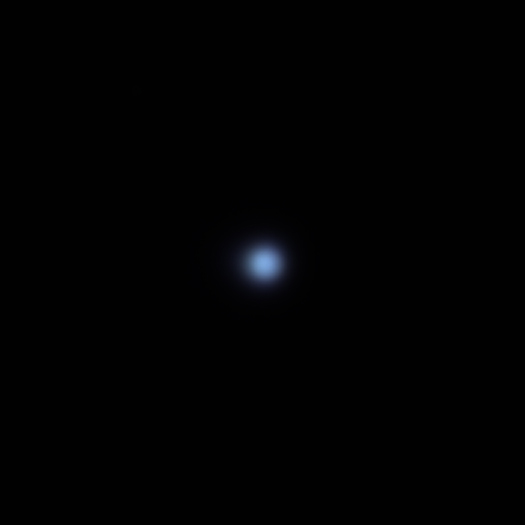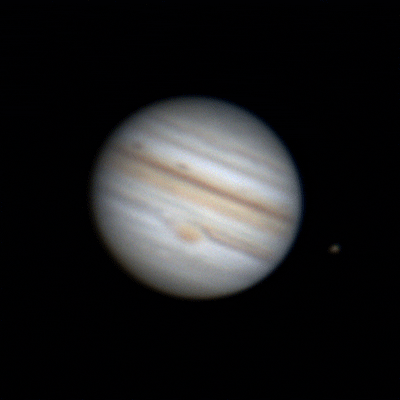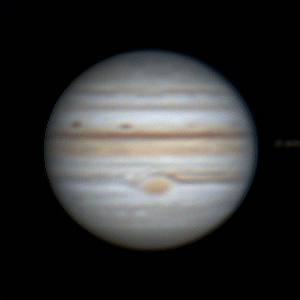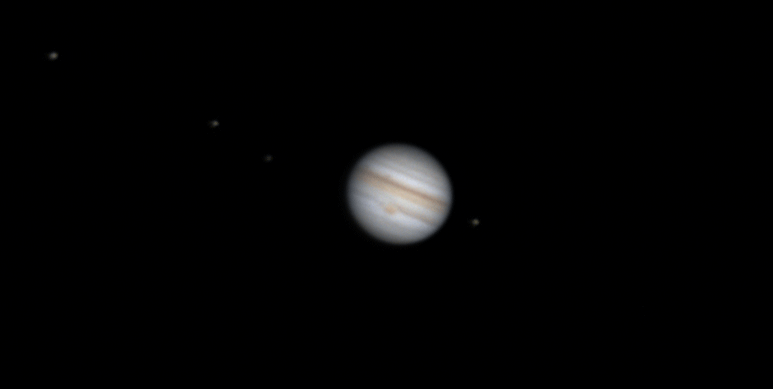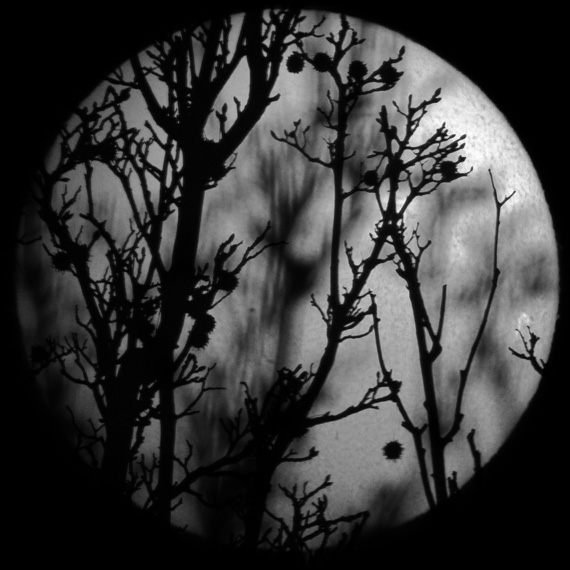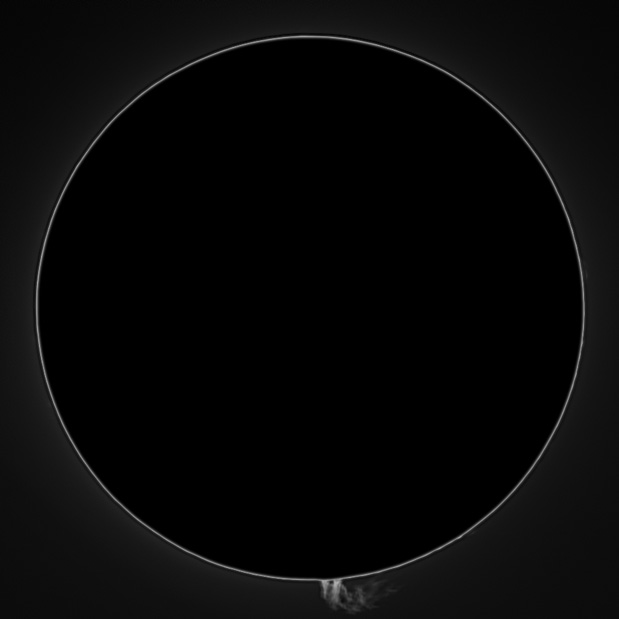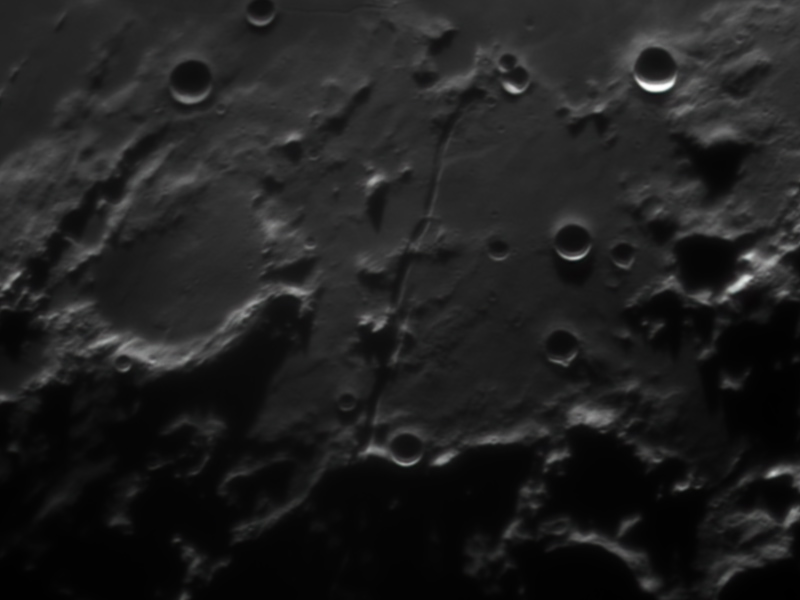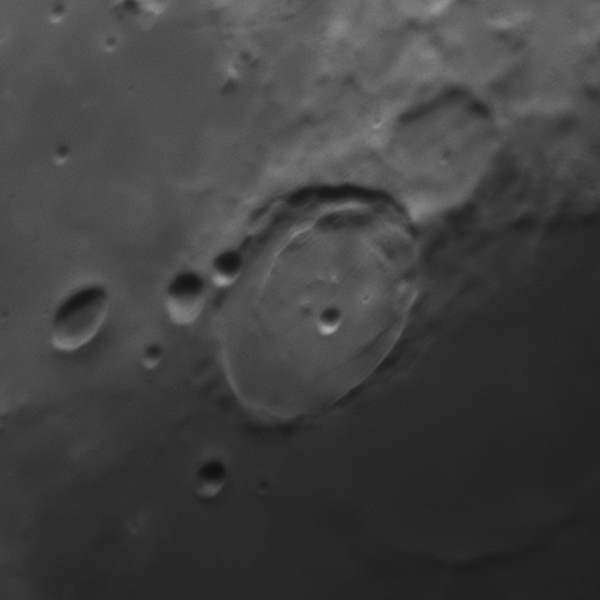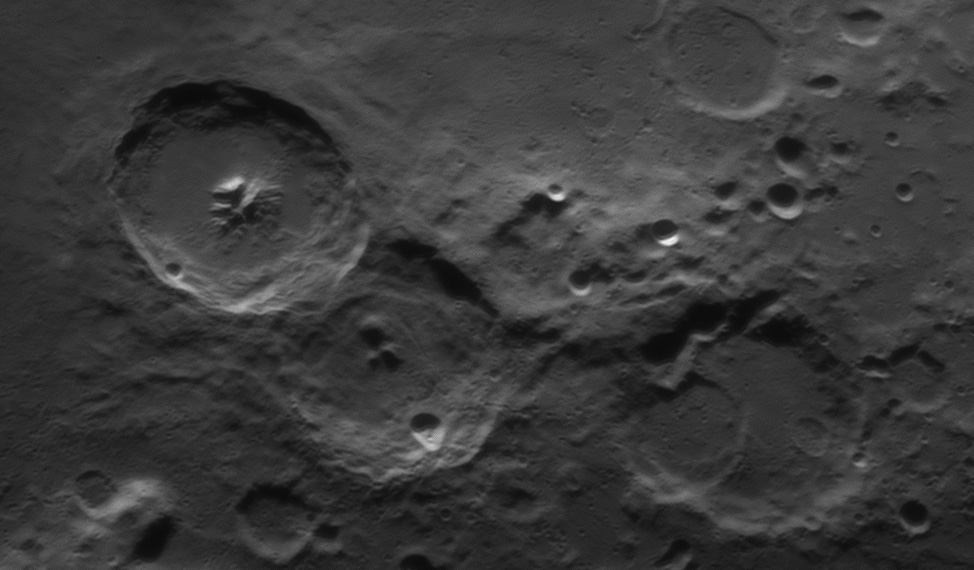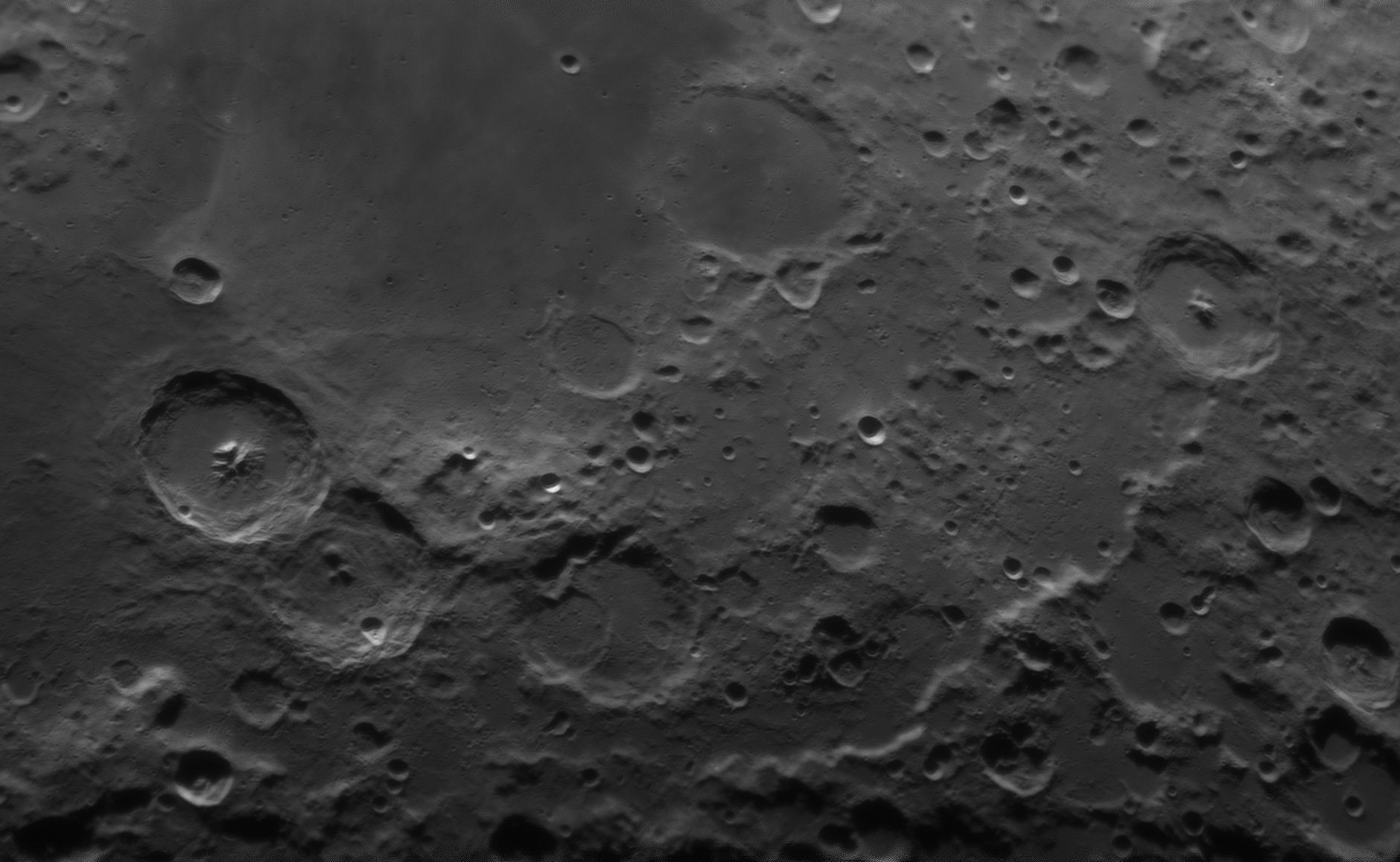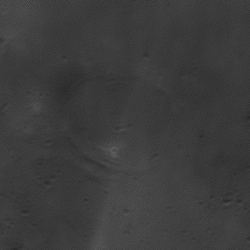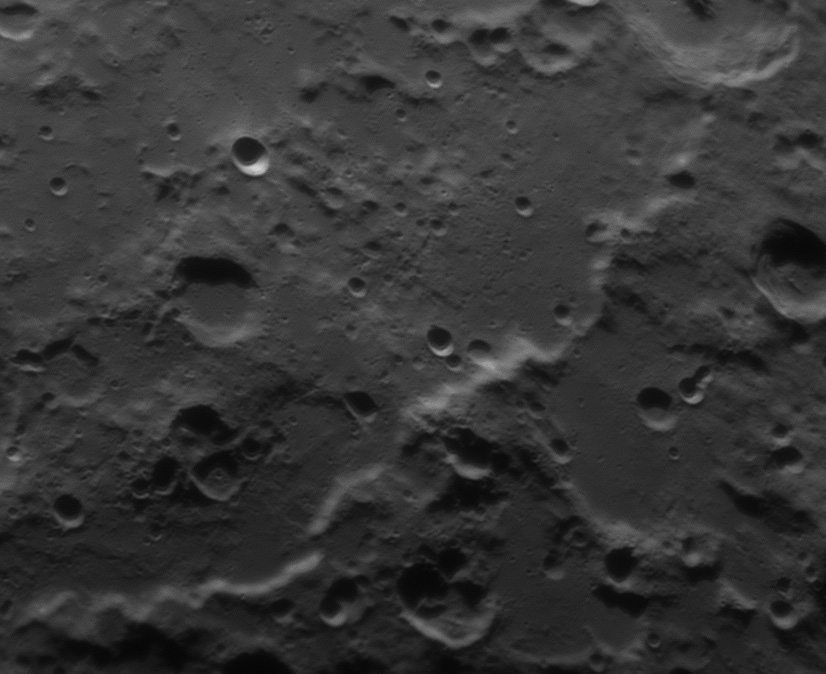I don't usually post others' work, but I sort of collaborated:
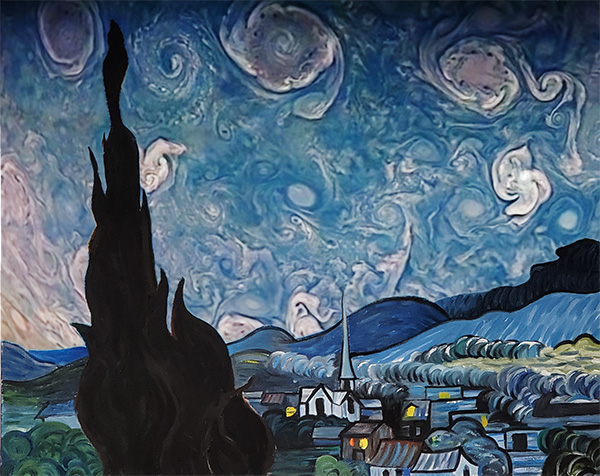 |
| StormyStarry Night |
Notice anything unusual about the sky?
The sky is not filled with van Gogh's stars, but rather swirling storm clouds on jupiter's north pole captured by the juno mission. The foreground is my daughter's rendition of van Gogh's Starry Night. After seeing this awesome flyby of jupiter captured by the Juno space craft, my brother commented that the clouds were reminiscent of Starry Night. So I took a picture of my daughter's painting, a screen shot of the NASA flyby and combined the two in photoshop.
Here's her original a la van Gogh:
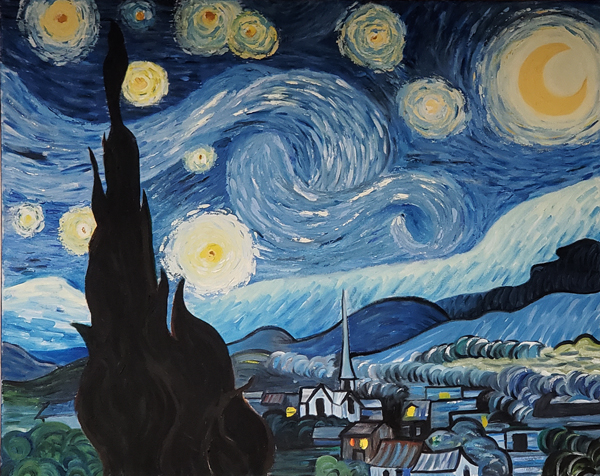 |
| Starry Night by Alice circa 8th grade |
Juno Flyby of Ganymede and Jupiter
Video Credit: Images: NASA, JPL-Caltech, SWRI, MSSS;
Animation: Koji Kuramura, Gerald Eichstädt, Mike Stetson; Music: Vangelis
https://www.nasa.gov/multimedia/guidelines/index.html


